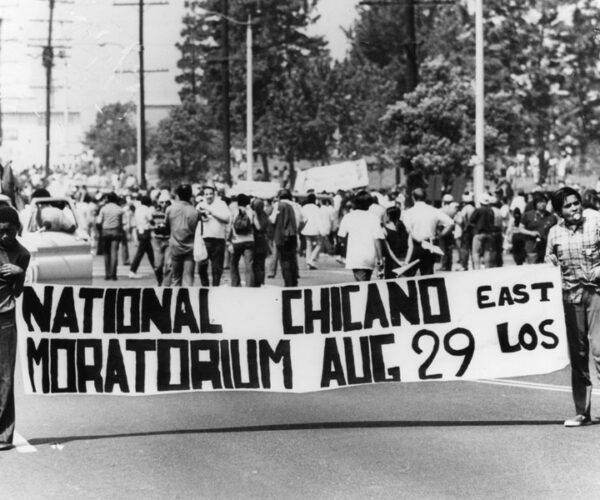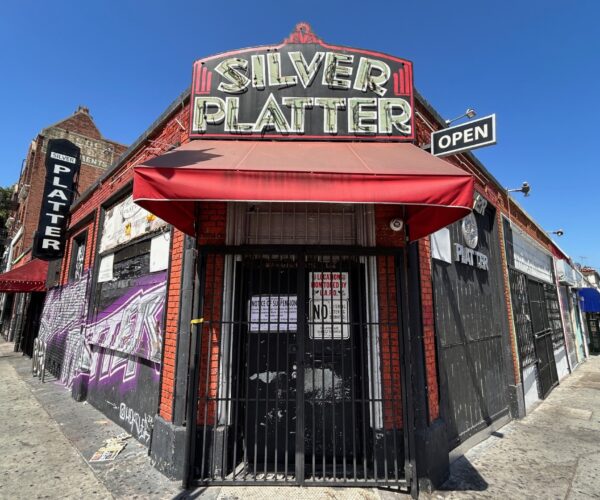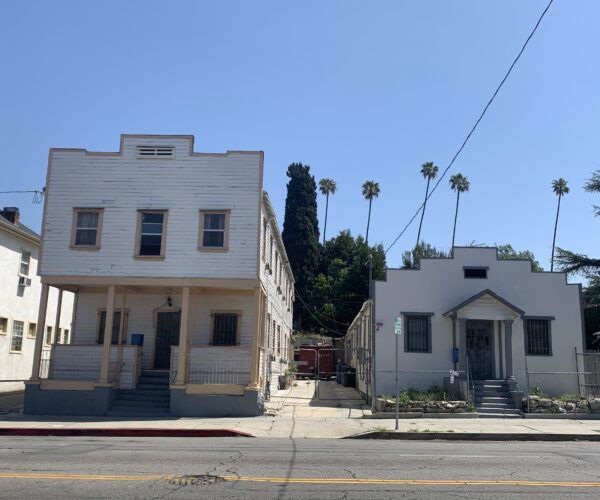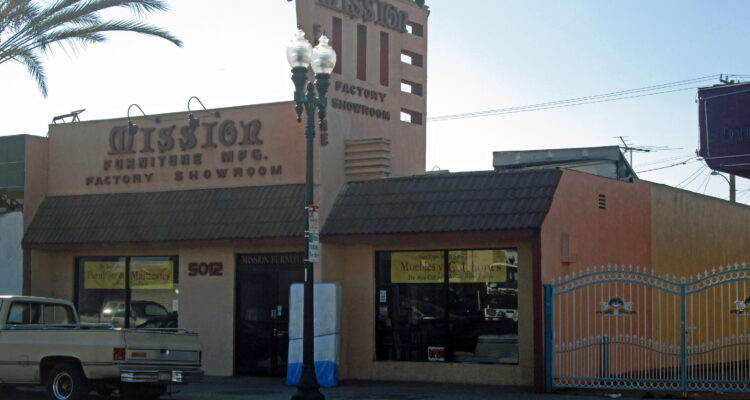
Place
El Barrio Free Clinic
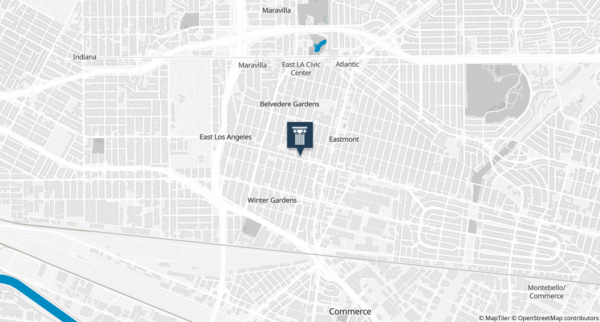
Place Details
Address
Get directions
Year
Style
Designation
Property Type
Community
El Barrio Free Clinic (originally called the East L.A. Free Clinic) was a successful social welfare initiative implemented by the Brown Berets, a leading organization during the Chicano Civil Rights Movement of the 1960s and ‘70s. The clinic operated from May 1968 to December 1970 and is one of the Brown Berets’ most important accomplishments.
The clinc opened its doors on Whittier Boulevard on May 30, 1969, standing in one of many low-rise commercial buildings in the area. The clinic responded to pressing issues facing the Mexican American and Chicanx community in East Los Angeles, especially the lack of access to affordable healthcare.
It was operated by an all-volunteer staff headed by Gloria Arellanes, a prominent female leader among the Brown Berets. Unfortunately, internal conflict among Beret members over the direction of the larger organization led to the clinic’s closure in December 1970.
The building served, in part, as a headquarters for Brown Berets, as well a location for Chicano Moratorium Committee meetings. The Clinic also reveals the important contributions of Chicana women to the overall social justice movement in East Los Angeles.
